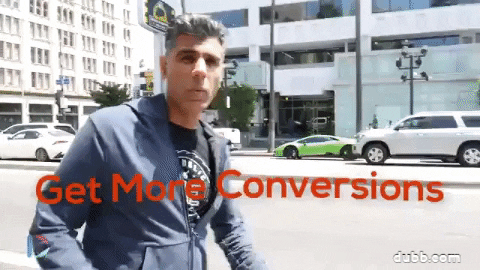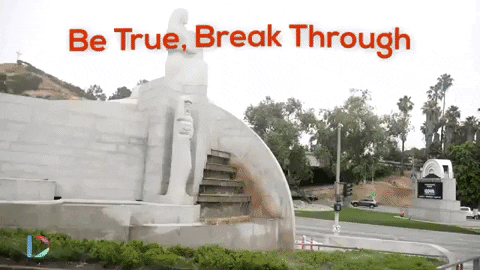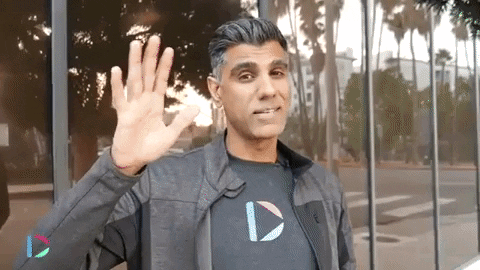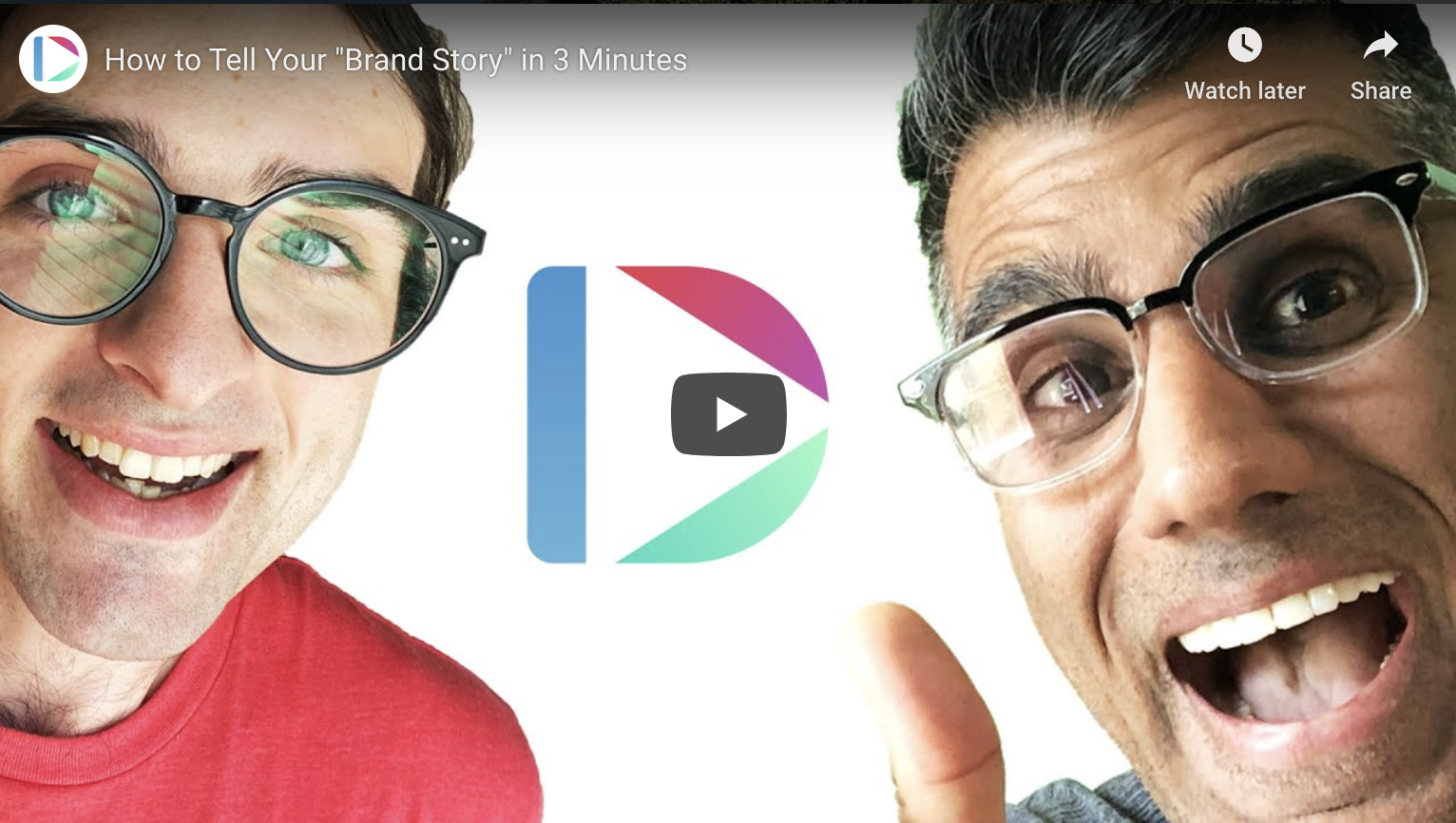Whether you just started a startup or are a manager at a larger company, your company must have a brand story. Telling your brand’s story is a key way to separate yourself from competitors, build deep connections with members of your audience, and generate more sales. Yet while you may recognize the importance of your brand story, it may be difficult to share it in a complete, yet concise way.
Because of this, I want to use this post to explore brand stories. Specifically, I want to discuss what brand stories are and how you can tell them in a more effective way. Even if you think you have a “boring” or “uninteresting” brand story, I’m here to tell you that your brand story can be compelling. It can be so compelling that you can use it to accelerate the growth of your business.

So if you’re ready, let’s go explore this idea of the brand story. At the end of this post, you will be in a great position to construct your brand story and share it with the rest of the world.
The Narrative Arc of Storytelling
Simply put, stories make life more interesting. They provide some much-needed context about things that are happening in our lives. Not only that, but stories bring us together. They make it easy to connect with others, whether they are members of our family, friends, or even prospects for our businesses.
If you look at storytelling itself, you can see that it actually has a lot of structure. Great stories have this structure and the not-so-great stories stray away from this structure. In effect, the narrative arc of storytelling is encompassed within the hero’s journey. The hero’s journey is a great guide to follow when you are creating your brand’s story. That being said, as I’ll discuss below, one of the best ways to create a name for yourself is to break some of those rules when sharing your brand story.
Three Steps to Telling Your Brand Story
But before we get to that, let’s focus on the basics. As you can guess, the best stories aren’t those that are generated on the fly. While there are some extremely talented storytellers that can do that, I think that small and large companies alike should be deliberate and strategic about the stories that they’re telling. You not only want to ensure that you are hitting all of the notes in your brand story, but you want your story to be easily digestible by a wide audience.
Generally speaking, I think that there are three important steps to telling your brand story. This is true whether you are constructing your brand story from scratch or are thinking about shifting your brand story so that it is more authentic.
I think it comes down to this: you have to (1) hook your audience, (2) educate your audience, and (3) inspire your audience.
Let’s start with creating a hook for your audience. Like any type of content marketing, you need to give your audience a reason to stick around and listen to your entire pitch. In this discussion, the pitch is your brand story, but it can be everything from a product launch to a verbal pitch in front of venture capitalists.
Ultimately, your hook needs to be enticing enough for your audience to stay focused. Good stories keep your audience engaged. If you lose your audience’s attention in the beginning, it is going to be much more difficult to regain their attention. On the other hand, a really compelling hook can go a long way in increasing engagement and generating more sales.
There are plenty of different ways to create a hook for your brand story. One way is to start with a really interesting vignette or story that inspired your product or service. For instance, when I talk about how I started Dubb, I also start off by saying that Dubb started off as a love story. It was a love story between my wife and me. My wife is a real estate agent, and I saw firsthand the many inefficiencies that real estate agents face when reaching out to prospects and clients.
These inefficiencies within the real estate world were the groundwork that led to Dubb. I spent years trying to figure out the best way for sales and marketers to communicate. After spending some time duct-taping several solutions together, I decided to go out there and build a much better solution myself. From there, Dubb has grown to power almost 30,000 businesses around the world.
As you can see, the hook for Dubb’s brand story comes from the fact that it started as a love story. It is a way to capture the audience’s attention and entice them to keep listening as to why I started the company. So think about how you can entice your audience through a hook. Even if you think your story is boring, I’m certain that you can find an enticing hook.

From the hook, you will want to educate your audience. In the education phase, you want to tell your audience about your business. Here, this can be everything from speaking about how your product or service solves customers’ problems to how your product or service actually works.
This education stage is a great time to show the value that you are creating in the world. While they aren’t mutually exclusive, this is a great time to make your “logical” pitch compared to your “emotional” pitch. In this part of the process, you are playing the role of teacher. You need to think long and hard about the value that you are delivering to your audience. Step into their shoes and contemplate what you would want to hear if you were living with their specific problems. Prioritizing empathy and taking an audience-first approach in this educational stage will make your brand story much more effective.
Finally, there is inspiring your audience. The inspiration phase is more about the emotional side than the logical side. It is about moving your audience members from feelings of “I’m intrigued” to feelings of “I want to learn more.” The actual act of constructing and sharing your brand story isn’t enough. Doing this for the sake of doing it isn’t worth your time. Instead, you want your brand story to galvanize your audience to take some sort of action.
So essentially, in this inspirational phase, you are proposing an easy-to-follow call to action. You are telling your audience what to do and where to go to get your service or learn more about your company. It can virtually be anything. You can share your company’s phone number or your personal email address. You can even give them a free trial of your software. Whatever the case may be, inspiring your audience isn’t about tapping into those feelings and then moving in. Instead, you want those inspirational feelings to lead to future prospects or customers. Keep this in mind as you are crafting this critical third leg of your brand story.
In the end, this is a great framework to follow when constructing your brand story. By focusing on a hook, educating your audience, and informing your audience, you can create a brand story that truly resonates. It can go so far as generating more leads and customers for your business.

The Power of Engagement and Emotional Connections
Ultimately, I think that good storytelling comes down to keeping your audience enthralled and engaged. You don’t want your audience sitting deep into their seats. Rather, you want them on the edge of their seats. You need to figure out a way where you tell the most interesting form of your story. Granted, you don’t want to lie or be liberal with the truth when telling that brand story. That is a poor way to tell your brand story and build an audience. That being said, you can shape your brand story in a way that highlights certain things that you want to highlight.
As part of this, you need to think about the person (or people) listening to your brand story. Especially when it comes to brands, you need to get people interested in your brand. You need to create that emotional connection to your brand. While there isn’t a bulletproof strategy in creating that emotional connection, one of the best ways is to stand in the shoes of your audience members. As I mentioned above, you want to get into their heads and make sure that your brand story is hitting on the points that they are expecting.
All of this being said, however, you want to be honest in your storytelling. Find those gold nuggets that make your story interesting. Highlight those nuggets while also explaining how your product or service can make your audience’s lives substantially better. Don’t fight transparency. Instead, embrace it, as it will go a long way in building trust with your audience and creating long-term relationships.
Straying From Rules and Guidelines
So as you can see above, there are some key principles and guidelines that you’ll want to follow when initially constructing your brand story. They will keep you on track and will help you think about the most important things that you should highlight when sharing your story.
That being said, like many other things in life, we live in a world where there are few hard and fast rules. The same applies to storytelling. While there are general principles that you’ll likely want to follow, this doesn’t mean that you necessarily have to follow them. There isn’t a paint-by-numbers, bulletproof way of telling a brand story that will automatically get you new customers and clients.
Ultimately, I think it’s all about learning the rules and then deciding to break them. That is how you’re going to get attention. By breaking the rules in a way that is engaging, educational, and informative, you are going to separate your brand story from other brand stories.
To be fair, this requires some failure and experimentation on your part. Very rarely will you get it right on the first try. Because of this, you need to be comfortable with the fact that the first iterations of your brand story may fall flat. There is nothing wrong with this. It is just part of the learning process. Instead of getting frustrated or sticking with a brand story that simply doesn’t work, I really encourage you to keep experimenting. Think about different ways that you can craft your brand story, whether that is adding a different hook at the beginning or being a little more transparent when speaking about your company’s earlier days. Whatever it is, don’t be afraid to bend, or even break, the rules here.
With all of this being said, however, I think that the best way to go about it is by sticking with a story arc. The good news is that a story arc is an extremely amorphous model of constructing a story. You can use it in so many ways, so don’t let that deter you from experimenting. Beyond the story arc, however, have at it.

The Brand Story of a Tree
Finally, just to illustrate the power of these concepts, my colleague Shannon Leonard showed how you can easily create a brand story from something as simple as a tree. Recently, Shannon visited Balboa Park in San Diego and came across a 100-year-old Moreton Bay fig tree.
Looking at the tree, Shannon immediately recognized how long the tree lasted. Shannon could pitch the tree by saying it was planted in 1915 and that it is in the top-10 of the largest tree trunks in California. This would have been an easy way to tell its story, but Shannon wanted to get beyond the pure historical facts and make a closer, more emotional connection with his audience.
However, looking at the tree, Shannon noticed that there is currently a fence around it. The ground around the tree was getting compacted. A fence was constructed around the tree so that people would be prevented from stomping on the ground. It was that much in demand. And because people still want to see this Moreton Bay fig tree, there is a viewing deck being built around the tree. This is the first time since 1989 that people can approach the tree. Once the viewing deck is built, there may be another opportunity to measure the tree trunk, as the last time they did it was in 1996. All of this shows that the Moreton Bay fig tree has filled a real need in the lives of visitors. It connects them with nature and gives them some perspective on the wonders and majesty of our planet.
Ultimately, this was Shannon’s brand story for the 100-year-old Moreton Bay fig tree. As you can see, it incorporates different elements that we discussed above. With that being said, the great thing about storytelling is that you can really take it in whatever direction you want. Embrace this freedom and flexibility when crafting your own stories.
Getting Started With Your Company’s Brand Story
I hope that this has been a helpful guide on creating your company’s brand story. No matter the size or sector of your company, it is important to have a brand story that is engaging, transparent, and beneficial for your business’s goals. Even if it takes you some time to craft your story, stick with it. By continuing to adapt and iterate your brand story, you will create one that absolutely resonates with your audience.
At Dubb, we are obsessed with brand stories and helping our users create and distribute their stories through video. If you would like to learn more about how you can make awesome brand stories using Dubb, click here. You can also click here for a free 14 day trial of our software.


